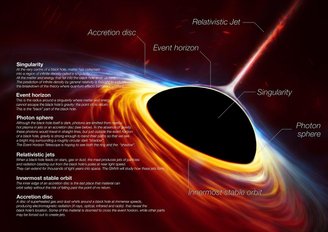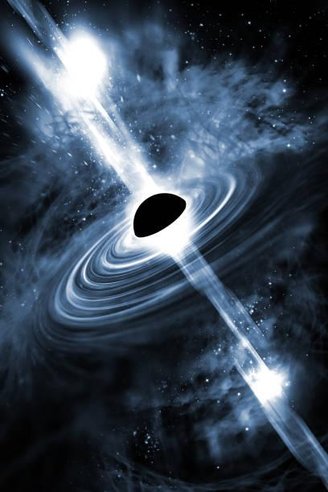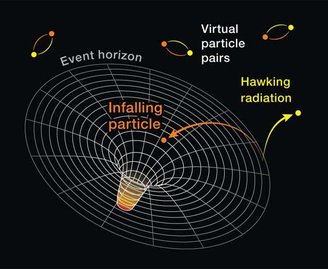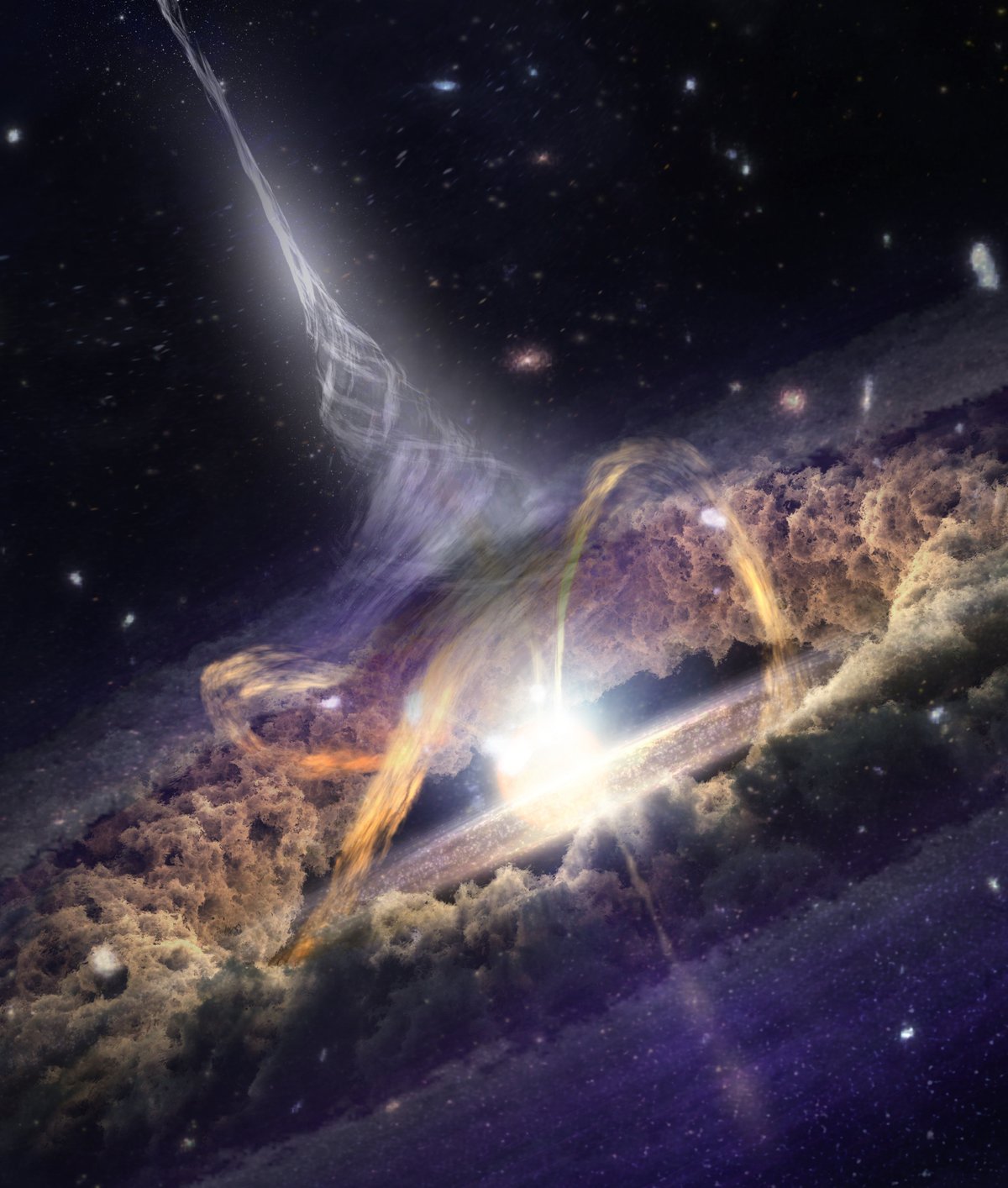No celestial body in the universe will live forever. Over hundreds of billions of years, all planets will become barren, heatless, lifeless places. All stars that exist and those yet to be formed will cease to burn their fuel and will become cosmic corpses.
Galaxies will stop forming new stars and will become more and more isolated in space, constantly dissipating their energy… Even the most enigmatic individual objects that have ever developed and grown in the universe will find that: eventually the end: black holes.
Although they appear to represent the epitome of cosmic permanence, The fate of black holes also seems to depend on a final sectionIt is subject to gradual and slow disappearance through the process of evaporation.
This idea, which seems to be taken from a science fiction scenario, is the result of the laws of quantum physics and, in particular, a theory put forward by Stephen Hawking in the 70s.
Understanding Hawking Radiation
As every astronomy enthusiast knows, Black holes are regions in space where gravity is so intense that nothing, not even light, can escape its pull.They are formed as a result of the concentration of a significant amount of mass into an extremely small volume, usually after the gravitational collapse of massive stars.
There are three main types of black holes:
- Stars that emerged as a result of the collapse of stars with a mass greater than 8 times that of the Sun;
- Supermassive stars found at the centers of galaxies with a mass equivalent to billions of suns;
- The primordial ones, which have not yet been detected, if they existed, would have formed soon after the Big Bang and would be much smaller.

The main features of black holes include an event horizon (the boundary from which nothing can escape), a singularity at the centre (where the density becomes infinite) and an accretion disk formed by matter being drawn inwards.
The idea that black holes could evaporate dates back exactly 50 years, to a groundbreaking paper by theoretical physicist Stephen Hawking. Before that, black holes were seen as objects that, once formed, would grow indefinitely, accumulating more and more mass, never to disappear.
According to Einstein’s general relativity, the classical view is, He suggested that nothing, not even radiation, could escape from a black hole..

However, in 1974, Hawking challenged this view by suggesting that black holes could emit radiation due to quantum effects near their event horizons. This radiation, now known as Hawking radiation, means that black holes can actually lose mass and evaporate over very long periods of time.
Hawking radiation is a concept that arises from quantum mechanics and general relativity.
In the space-time void near the event horizon of a black hole, pairs of particles and antiparticles are constantly created and destroyed due to quantum fluctuations.
Normally these pairs cancel each other out, but near the event horizon one of the particles can fall into the black hole while the other escapes into space. The escaping particle is called Hawking radiation..

When a black hole emits Hawking radiation, it also loses mass. Over time, this loss of mass causes the black hole to shrink, a process that can take billions of years for stellar black holes.
Personal As the black hole approaches the end of its life, it will begin to emit increasingly intense Hawking radiation.As the black hole shrinks in size, its rate of emission increases exponentially, until the black hole is completely torn apart in a burst of radiation. This final stage, known as the “final explosion,” will be a tremendous release of energy.
Although Hawking’s theory is elegant and consistent with quantum mechanics and general relativity, direct detection of Hawking radiation has never been made and remains a challenge. Stellar black holes are extremely large, and the radiation they emit is too weak to be detected with our current instruments..
But the study of Hawking radiation and black hole evaporation is a vibrant and promising area in contemporary physics, and indirect experiments and astronomical observations are ongoing to try to detect signals that could confirm their existence and provide a more complete understanding of the fate of these cosmic giants.
Source: Tec Mundo
I’m Blaine Morgan, an experienced journalist and writer with over 8 years of experience in the tech industry. My expertise lies in writing about technology news and trends, covering everything from cutting-edge gadgets to emerging software developments. I’ve written for several leading publications including Gadget Onus where I am an author.













